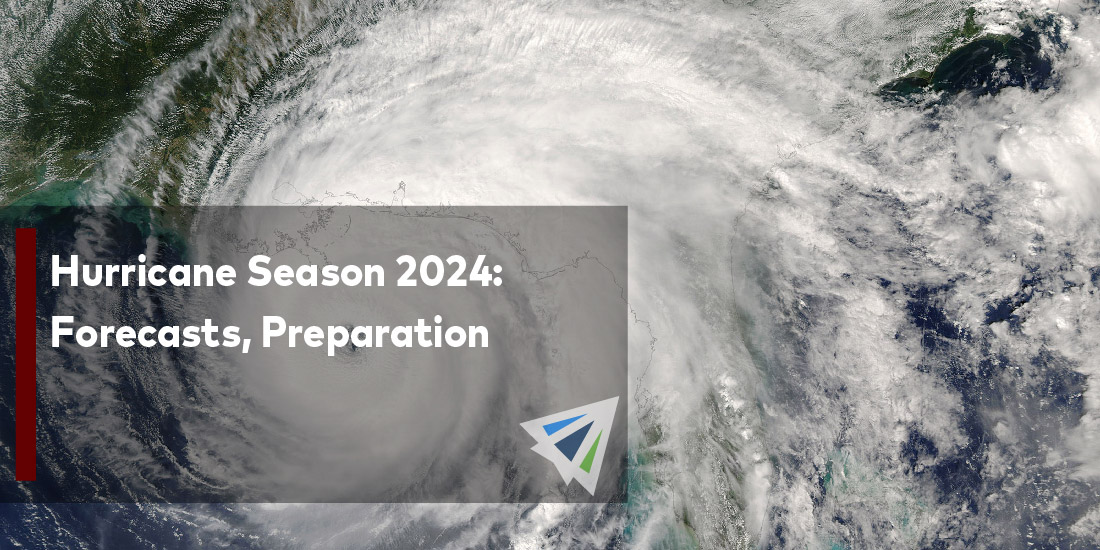It’s that time of year… hurricane season, more specifically Atlantic and Pacific hurricane season, spanning from June 1 to the end of November. Of course, hurricanes can occur outside of that span but are more common to occur during.
Additionally, the likelihood of extreme weather events such as hurricanes is relatively low, in the sense that they don’t happen as often as say, a thunderstorm. However, even with the low likelihood, hurricanes can still present high impacts when they do make landfall.
The impact from hurricanes can cause closures to ports, roadways and bridges, the list can go on and on. This in turn can create short-term delays to freight, fuel shortages, impacts to infrastructure, etc.
So, what do forecasts for this upcoming hurricane season look like? What are some ways logistics/supply chain stakeholders can prepare for this time of year.
What Official Forecasts Show
The National Oceanic and Atmospheric Administration (NOAA) forecasts an Atlantic hurricane season above the norm this year. According to their May 23 news release, they anticipate an 85% likelihood of above-average activity, with a 10% chance of near-normal conditions and a 5% chance of below-normal activity.
One factor why experts are predicting an above-normal hurricane season is due to the La Nina. Not to be confused with the El Nino, different yet similar. The La Nina – according to the NOAA – is a periodic cooling of sea-surface temperatures that occur across the east-central equatorial Pacific. In other words, the La Nina can create global impacts on weather systems.
How Can Stakeholders Prepare?
Take a look at your supply chain to see what area(s) could be at risk should a hurricane occur. If you have freight that is going through areas that are impacted by the storm, be mindful that delays are likely.
One recommendation is having contingency plans. Being able to have different options that your team (and partners) could use, is important in an effort to keep your shipments moving on schedule, as much as possible in situations like this.
Even the best laid out plans (including back up plans) don’t always go as expected. If things don’t go as planned, make sure you communicate to your customers if delays are expected to their goods.
Looking Ahead
Earlier this year, Everstream Analytics – a supply chain risk management company – reported extreme weather as their top risk supply chains could face this year, in their annual outlook report. It’s imperative to stay aware to the ever-changing weather conditions, alerts/forecasts, be flexible when able, and to have contingency plans in place, when navigating the challenges extreme weather events can have on the supply chain.
Should you have any questions regarding this, please reach out to our team today.
Additionally, we have our weekly market updates that can provide you with relevant freight news, updates, developments across the industry, and more.
